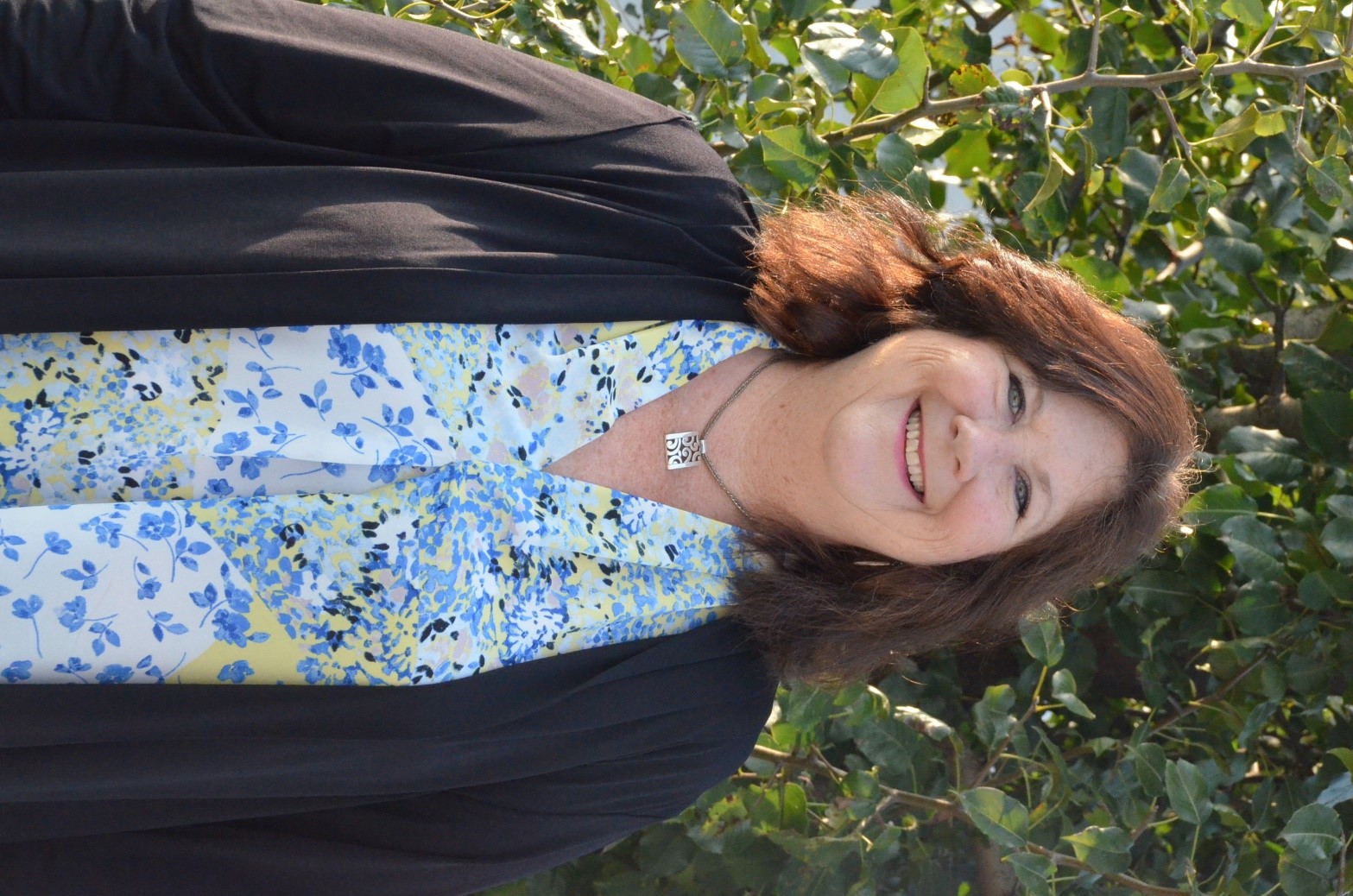 The Brownfield Ag News team of farm broadcasters, like many other ag journalists, is uniquely prepared for what their company, Learfield IMG College, calls “Working from Anywhere (WFA).”
The Brownfield Ag News team of farm broadcasters, like many other ag journalists, is uniquely prepared for what their company, Learfield IMG College, calls “Working from Anywhere (WFA).”
“Most of our anchors are located throughout the states within the Brownfield Radio Network footprint and work from home offices,” said Cyndi Young-Puyear, director of Brownfield & Ag Operations. “All are trained and equipped to work and report from a corn field, a state or U.S. capitol building, or a convention center.
“Due to COVID-19, all farm shows, meetings, group conventions, and farm visits are on hold, but production agriculture and all supporting businesses aren’t slowing down and those involved are hungry for news and information. Our goal at Brownfield is to provide timely and relevant information for those involved in agriculture. In this new environment, we are producing more stories and working longer hours to make sure our listeners, readers, and viewers are well-informed. We are laser-focused on covering those issues that are most pertinent to farmers and agribusiness in these mostly unprecedented times, but isn’t that what you do every day when you cover agricultural news and markets?”
Young-Puyear was asked if farmers are asking more questions because of the financial and economic destruction caused by the reaction to the COVID-19 pandemic: “Perhaps they are asking more questions, but what is most notable is that their questions are different than they were a few short weeks ago. Most continue to wonder about normal things like commodity prices and weather, but now they are wondering how quickly, and if, we can get back to something that resembles normal after the pandemic.
“We talk to farmers and ranchers every day and often ask them what they need and want from us,” Young-Puyear added. “Like many others, they are navigating some uncharted territory in the markets. They rely on their farm broadcasters to keep them up-to-speed on what is happening. Of course, they also are concerned about the health of their families, friends, and neighbors. Like all Americans, they also want to know about the spread of COVID-19, but many do not trust the national media to give them the real picture. They go to sources they know they can trust — local reporters and farm broadcasters. Many, not only farmers and ranchers, are rediscovering just how reliable local radio is in a time of crisis.
“Using the Brownfield radio network megaphone and our social/digital platforms to promote it, we are hosting a series of live webinars about COVID-19’s impact on various segments of agriculture,” Young-Puyear saidd. “We’ve received positive feedback from producers across the country, and videos posted to our website are being played by viewers in the U.S. and beyond.”
An area on the Brownfield website offers easy access to all the stories they have posted that include information about COVID-19 and its impact on agriculture. Brownfield has experienced increased activity since the COVID-19 outbreak in the comments section on their website and more feedback on their social media platforms.
“There has been an uptick in social media use as farmers, like others on this planet, use platforms like Facebook and Twitter to express concerns and let off steam. These platforms also have proven successful for farmers to engage with and have virtual conversations with consumers. Unfortunately, social media can also be a hotbed for misinformation. It reminds me of the gossip game we played when we were kids. Also called the telephone game, one person whispers a message to the person next to them and the story is passed progressively to several others, with inaccuracies accumulating as the game goes on,” she said.
“It has been difficult to find a silver lining in many of the stories we’ve covered in the past few weeks and the months leading up to the pandemic,” Young-Puyear added. “We’ve all done stories on mental health and depression and the need to address and manage stress during tough economic times in agriculture. It can be overwhelming to do the interviews and tell those stories every single day. Then add to the mix a fear of the unknown and heightened concern about the physical and economic well-being of your family, your neighbors, your friends, and your community.
“Let us be intentional in our conversations with one another and check on fellow farm broadcasters as we, like those who rely on us for news and information, navigate these uncharted waters. Now that we have rolled past April and the 2020 crop is planted, I am hopeful we will soon be interviewing farmers face-to-face in their corn and soybean fields instead of over the phone,” she concluded.
